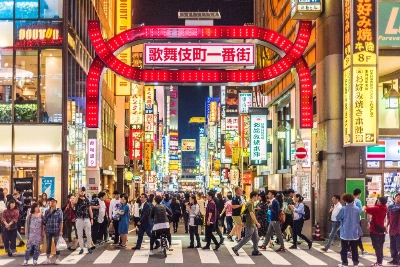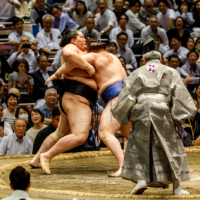The Nov. 27 article by Mark Schreiber, "Prints rejected, scribe accepted," described Schreiber's re-entry to Japan after a trip to Saipan that appears to have been made purely for the opportunity to write the piece. The tone and conclusion made light of what many view as a serious issue, and were touted for a considerable period of time in the Zeit Gist section of the online Japan Times. Although I appreciate that Schreiber was probably trying to show that the recent changes to the entry process are not necessarily as scary as they have been built up to be by opponents of the new measures, I feel that the article was flawed both factually and conceptually.
First, Schreiber devotes a paragraph to emphasizing that pre-registration at Narita and Shinagawa Immigration Office will not save re-entrants from being fingerprinted every time they enter Japan. However, when I registered last month, an official assured me that all I would have to do upon re-entry was have my passport scanned. It is possible that Schreiber knows more or is more truthful than the official; I will only know when I try myself.
Second, if The Japan Times wanted to feature a first-person piece about the process, they could have chosen a candidate more representative of the non-Japanese population in Japan. I would have been interested to read a piece by someone who is not from the United States, Europe or similar "First World" countries and who doesn't have a permanent visa in their passport.
I have not seen a photo of Schreiber, but I would hazard a guess that he is Caucasian, which also seems to lead to favorable treatment by Japanese authorities compared to nonwhites. I feel that an opportunity to publish an informative article depicting what most people see as a discriminatory and degrading change to Japanese law was missed.

















With your current subscription plan you can comment on stories. However, before writing your first comment, please create a display name in the Profile section of your subscriber account page.